NASA's Mars Reconnaissance Orbiter spacecraft has discovered strong evidence for flows of salty liquid water on the surface of the Red Planet, according to NASA scientists.
Speaking at a news conference, John Grunsfeld, NASA's associate administration for science, said that the discovery "suggests that it would be possible for life to be on Mars today."

1/9
© Photo : NASA/JPL-Caltech/MSSS
This low-angle self-portrait of NASA's Curiosity Mars rover shows the vehicle above the "Buckskin" rock target, where the mission collected its seventh drilled sample. The site is in the "Marias Pass" area of lower Mount Sharp.
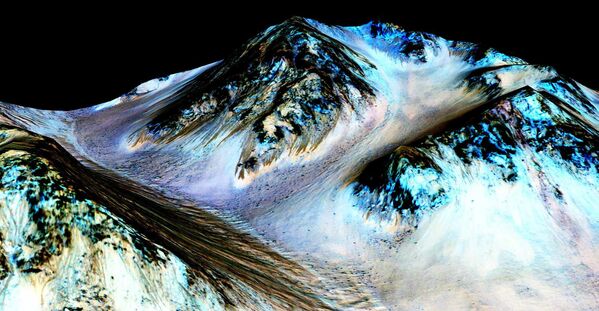
Dark, narrow, 100 meter-long streaks on Mars inferred to have been formed by contemporary flowing water are seen in an image produced by NASA, the Jet Propulsion Laboratory (JPL) and the University of Arizona. Scientists have found the first evidence that briny water may flow on the surface of Mars during the planet's summer months, a paper published on Monday showed.
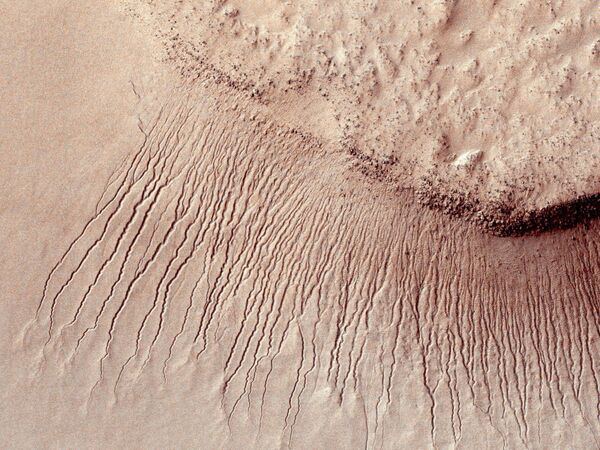
Portions of the Martian surface shot by NASA's Mars Reconnaissance Orbiter show many channels from 1 meter to 10 meters wide on a scarp in the Hellas impact basin, in this photograph taken January 14, 2011 and released by NASA March 9, 2011. Scientists have found the first evidence that briny water may flow on the surface of Mars during the planet's summer months, a paper published on Monday showed
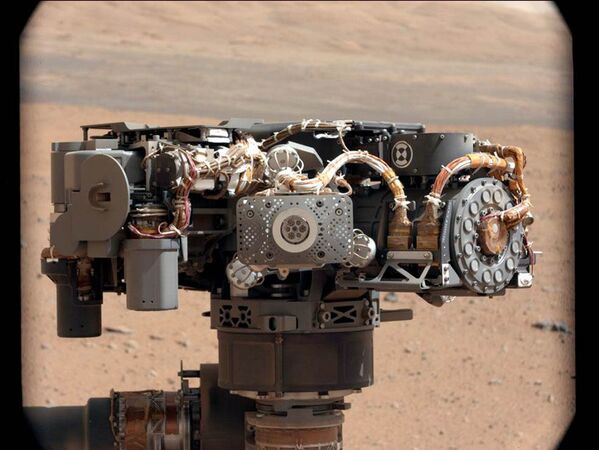
4/9
© Photo : NASA/JPL-Caltech/MSSS
This image shows the Alpha Particle X-Ray Spectrometer (APXS) on NASA's Curiosity rover, with the Martian landscape in the background.
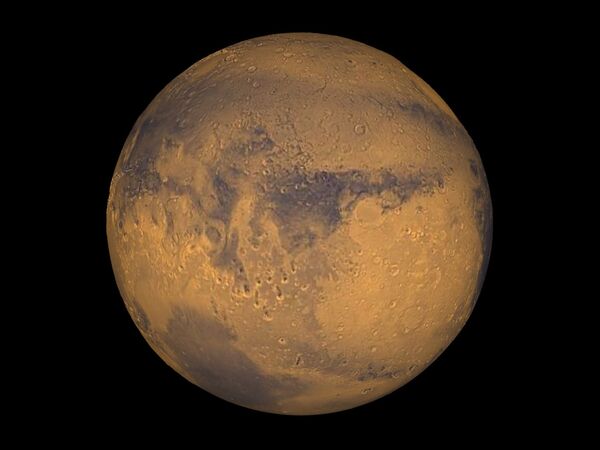
The planet Mars showing showing Terra Meridiani is seen in an undated NASA image.
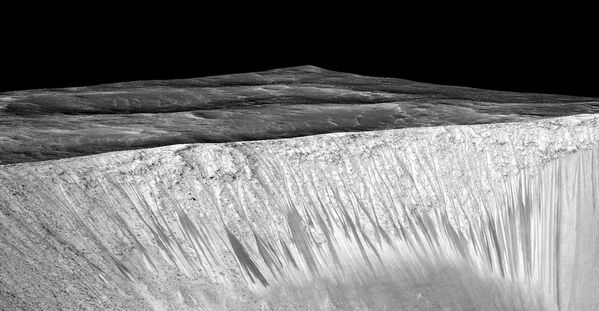
Dark narrow streaks called recurring slope lineae emanating out of the walls of Garni crater on Mars are seen in an image produced by NASA, Jet Propulsion Laboratory (JPL) and the University of Arizona. Scientists have found the first evidence that briny water may flow on the surface of Mars during the planet's summer months, a paper published on Monday showed.
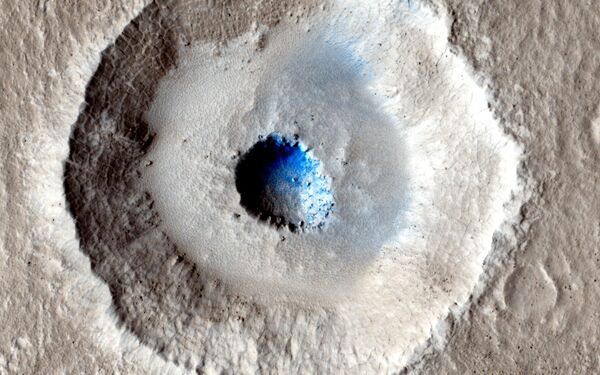
7/9
© Photo : NASA/JPL-Caltech/University of Arizona
Craters in an Icy Surface.
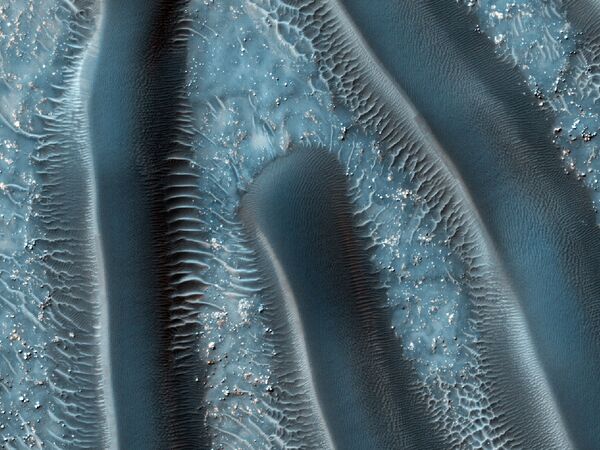
8/9
© Photo : NASA/JPL-Caltech/University of Arizona
Sand dunes are among the most widespread aeolian features present on Mars.
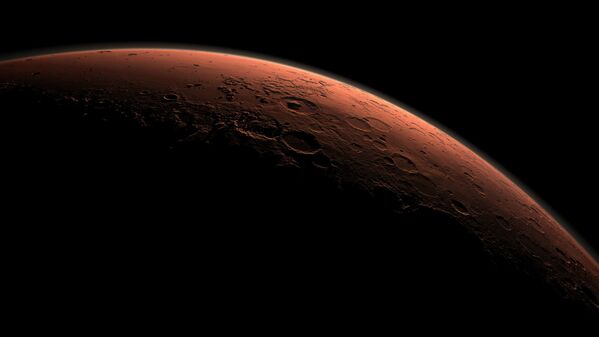
9/9
© Photo : NASA/JPL-Caltech
This computer-generated view depicts part of Mars at the boundary between darkness and daylight, with an area including Gale Crater beginning to catch morning light.

